Probiotic Strains to Degrade Histamine
Histamine intolerance results from a disequilibrium of accumulated histamine and the capacity for histamine degradation. Histamine is a biogenic amine that occurs to various degrees in many foods. In healthy persons, dietary histamine can be rapidly detoxified by amine oxidases, whereas persons with low amine oxidase activity are at risk of histamine toxicity. Here in this blog we discuss in details about the microbiome approach to reduce histamine overload.
Introduction
Histamine intolerance is about the body becoming overloaded, where the amount of histamine present outweighs our ability to break it down (detoxify it). Histamine comes from many sources. Externally, we primarily get it from our foods. Internally, we produce it in response to immune threats, and some of the microbes in our gut also produce it as part of their normal metabolism. In a healthy, balanced body, the enzyme DAO (diamine oxidase) is produced in the brush border of the intestines (and also in the kidneys) handles extracellular histamine (e.g. from food, microbes). Mucosal layer damage on the gut lining can impair our DAO capability. Another enzyme system handles intracellular histamine: histamine N-methyltransferase or HNMT. Both of these enzyme systems require B vitamins and minerals as cofactors.and methylation working efficiently.
However, most people struggle with histamine intolerance between of a basket of interconnected imbalance in the body that you can in time help them to resolve. Common contributors include low adrenal function (specifically low cortisol), microbial imbalance/overgrowth in the gut, insufficient levels of key immune system nutrients (e.g. Vitamin D, Zinc, Copper, B vitamins), toxic environment/burden, mold exposure, SIBO/SIFO, chronic stress or lack of sleep, and long-term use of antihistamine drugs (which over-ride the body’s natural regulatory systems and create more sensitivity).
Common sign and symptoms of histamine dominance are headache, migraine, atopic eczema, rapid heart beat, food allergies, seasonal allergies, urticaria, asthma, profuse sweating, flushing, running nose, stomach ache, menstrual cramps etc.
In the functional blood work CBC (eosinophils, basophils, WBC), Vitamin D, Zinc, IgE antibody, Homocysteine, Serum ferritin, Urinary organic acid test, Thyroid panel, DAO ( Diamine oxidase), Fasting insulin will be important to be evaluated.
Mast Cell Activation Syndrome or Histamine Intolerance
Histamine is a naturally occurring substance that plays an important role in the immune system and the regulation of many bodily functions. Mast cell activation syndrome (MCAS) or Histamine Intolerance is a condition in which the body’s immune cells overreact to certain triggers, releasing large amounts of histamine and other inflammatory mediators into the bloodstream. This often leads to a range of mild to life-threatening symptoms.
There are many possible causes of histamine intolerance, but the most likely cause is an imbalance between histamine-producing bacteria and histamine-degrading bacteria in the gut.
Probiotics that help in reducing Mast Cell Activation Syndrome or Histamine Intolerance
Lactobacillus Plantarum, Lactobacillus Rhamnosus GG and Bifidobacterium longum are the top choices of probiotics high dose of 100-150 billions CFUs to decrease histamine overload.
Bifidobacterium Infantis
Bifidobacterium Infantis is a probiotic bacteria that is commonly used in the treatment of histamine intolerance. This strain of probiotics is effective in breaking down histamine in the gut, which helps to reduce symptoms of histamine intolerance. It also improves gut health and boosts the immune system.
Bifidobacterium Longum
Bifidobacterium Longum is a Gram-positive, rod-shaped bacterium that is a member of the phylum Firmicutes. It is one of the most abundant bacteria in the human gastrointestinal tract and is also found in the mouth, vagina, and skin. B. Longum is a commensal bacterium, meaning it does not cause disease but can provide health benefits to its host. The main benefit of B. Longum is its ability to degrade histamine. Histamine is a molecule responsible for immune responses and causes allergies. When histamine levels are too high, they lead to uncomfortable symptoms like itching, swelling, and hives. B. Longum helps to break down histamine and prevent these symptoms from occurring. In addition to its anti-allergic properties, it also boosts immunity, fights inflammation, and improves digestion. It is a safe and effective probiotic strain fit for consumption by both adults and children.
Lactobacillus Plantarum
Lactobacillus Plantarum is a probiotic strain that leads to degrading histamine. Histamine is a molecule that is involved in many physiological processes, including inflammation, gastric acid secretion, and neurotransmission. However, when histamine levels become too high, it often leads to allergic reactions. This probiotic strain has been shown to degrade histamine and reduce allergic reactions.
Lactobacillus Rhamnosus
Lactobacillus Rhamnosus helps to break down histamine and reduce its levels in the body. This helps prevent or reduce the severity of allergic reactions.
Lactobacillus Gasseri
Lactobacillus Gasseri is a type of bacteria that is commonly found in the human gastrointestinal tract. This bacteria is a member of the Lactobacillus family, which contains over 180 different species. Lactobacillus Gasseri has many potential health benefits. It breaks down histamine, which helps to reduce symptoms of these conditions. In addition to its anti-inflammatory properties, Lactobacillus Gasseri also boosts the immune system. This bacteria produces short-chain fatty acids, which in turn increase the production of white blood cells. White blood cells are important for fighting off infection and disease.
Lactobacillus Salivarius
Lactobacillus Salivarius is a Gram-positive, rod-shaped bacterium that is a member of the lactic acid bacteria group. This species is often used as a probiotic. L. Salivarius is found in the oral cavity and gastrointestinal tract of humans. This bacterium degrades histamine, which is an important property for a probiotic strain.
Bifidobacterium Bifidum
Bifidobacterium Bifidum is a probiotic bacteria that is commonly used in supplements and yoghurts. This bacterium is part of the normal human gut microbiota and has many potential health benefits. B. Bifidum reduces histamine levels in the gut, which leads to less inflammation and a healthier digestive system. This probiotic strain also help improve immune function and reduce the risk of some diseases, such as allergies and infections.
Bifidobacterium Breve
Bifidobacterium Breve is a gram-positive, rod-shaped bacterium that is a member of the phylum Actinobacteria. The genus Bifidobacterium contains over 50 species. It is present in the gastrointestinal tract of humans and animals, where it plays an important role in maintaining gut health. This bacterium produces lactic acid, which lowers the pH of the gut and creates an environment that is hostile to pathogens. B. breve also produces short-chain fatty acids (SCFAs), which are an energy source for the cells in the colon. In addition, B. breve stimulates the immune system and helps to prevent allergies.
Lactobacillus Reuteri
Lactobacillus Reuteri is a probiotic strain may or may not help in histamine reduction, however it has other several advantage to reduce methanogenic SIBO so can be advantage to add.
Saccharomyces Boulardii
Saccharomyces Boulardii is a probiotic yeast that found in supplements and some foods. It increase DAO activity (DAO is a histamine degrading enzyme) so supports degrading of excess histamine. It helps reduce the symptoms of histamine intolerance. S. Boulardii may also help to prevent or treat other conditions related to histamines, such as allergies and asthma.

Conclusion
Histamine intolerance is a condition in which the body is unable break down histamine properly. This leads to a variety of symptoms, including hives, nausea, vomiting, and diarrhoea. Adding the above discussed probiotics and feeing them with variety of prebiotic fibers (acacia, FOS, Pectin) and soluble fiber can be highly effective. Beside this adding a phytosome quercetin, phytosome turmeric, vitamin D, vitamin C and zinc, B-complex can be powerful strategy to provide rapid relief.

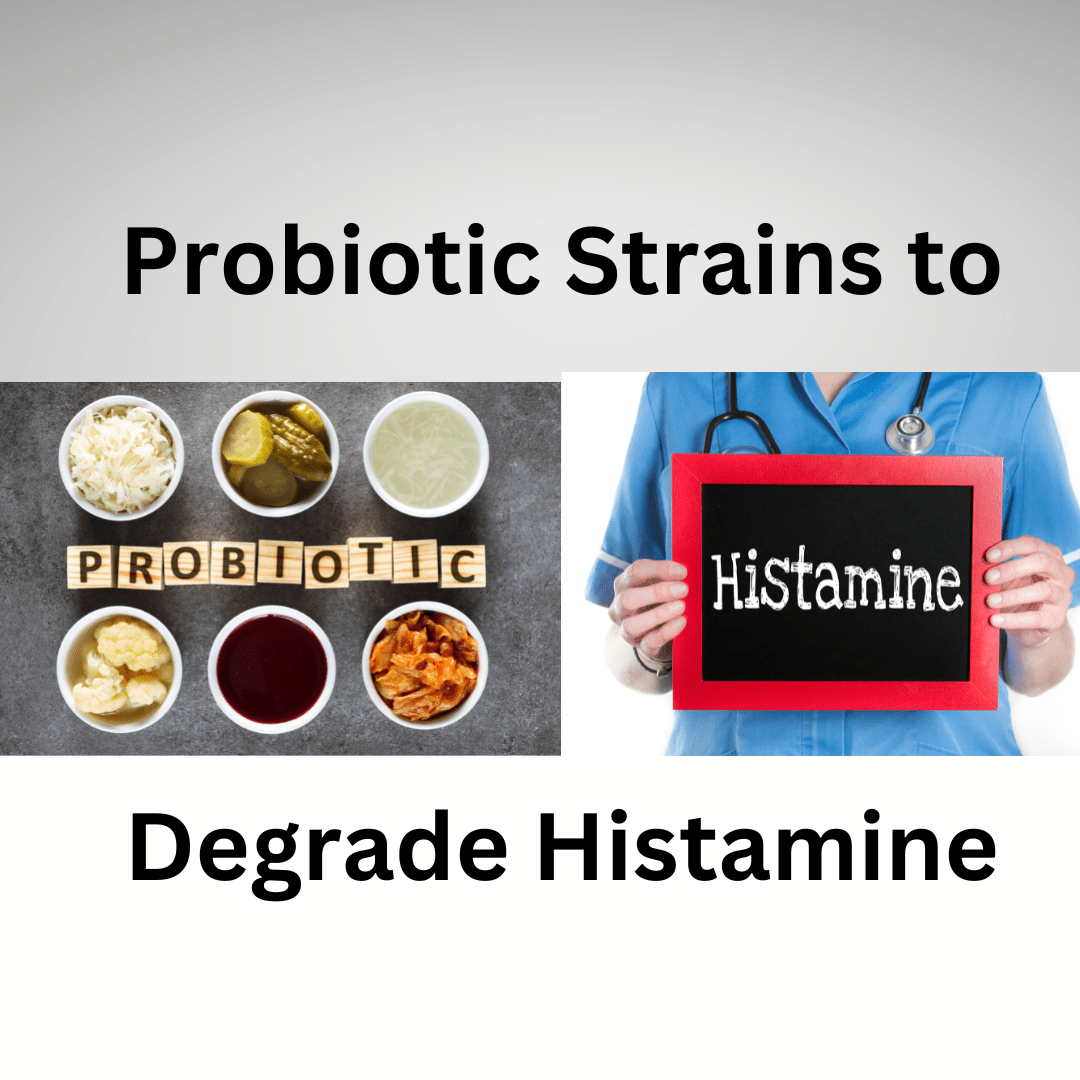
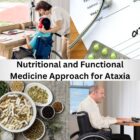
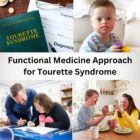
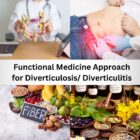
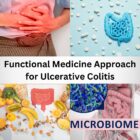
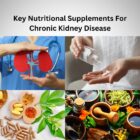
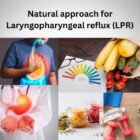


Kidney Disease
1-May-24[…] careful in case of immune over-activation to start slow and monitor symptoms. One can refer to this histamine degrading specific probiotics. Let’s explore some essential probiotic strains which help for optimal kidney health and also […]